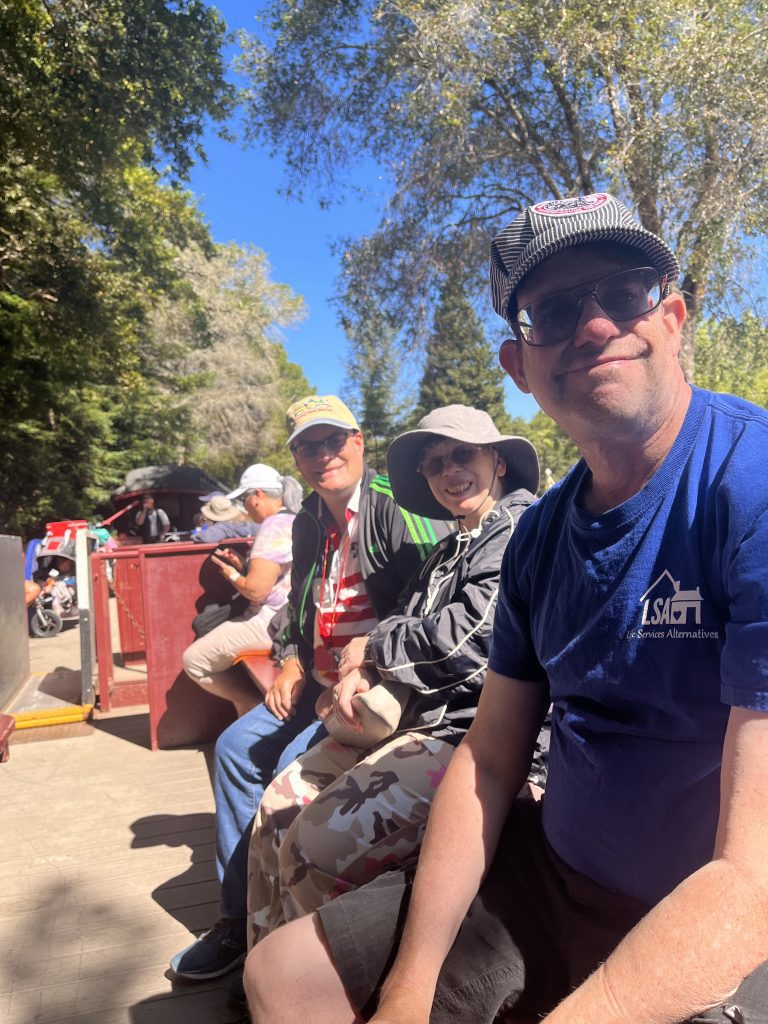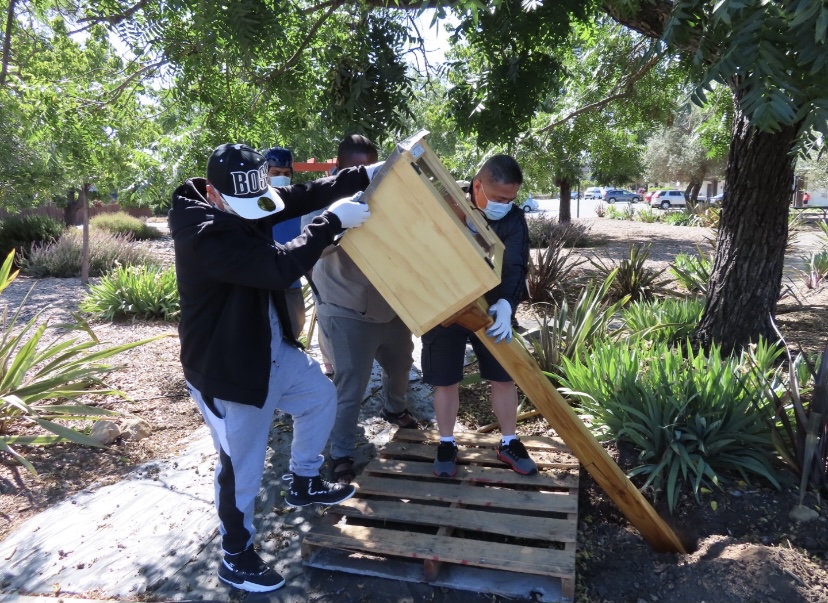Community Living and Integration for the I/DD Community
It is reported that there are over 7 million adults with an Intellectual or developmental disability in the U.S. In Santa Clara alone, there are 6,243 adults with disabilities that are 18 years and older. This urges the question of what the housing and community integration options for this population look like. The Intellectual and Disabled (I/DD) community is incredibly diverse which means that there will be many different needs and preferences. As with anyone without a disability, those in the I/DD community should be able to choose the residential setting they wish to live in and the type of vocational services they receive. A popular housing option within the I/DD population is community living. In fact, Life Services Alternatives (LSA) housing model is based on community living.
Community Living

A large number of those in the I/DD community reside with their families. While many families wonder what will happen to their loved one when they are no longer able to care for them, other families and their I/DD loved ones are simply ready for more independence. A popular housing option is community living which means a residence within a neighborhood. LSA recognizes the need for growing housing capacity and community living by purchasing homes in welcoming safe neighborhoods in Santa Clara County for I/DD individuals to live. These houses are turned into homes by ensuring residents have all the amenities they need to live a comfortable and happy life. This type of community living focuses on personal growth, enjoying life, and living healthy. The benefits that stem from community living involve fostering new friendships, social networks, and life skills. In addition, individuals experience self determination by having more employment opportunities and taking part in recreational activities. LSA offers programs that are uniquely tailored to meet each individual’s needs and goals. Community Integration Training Program (CITP) participants are provided many volunteer opportunities to develop their vocational skills that may even lead to paid employment. The many components to community living can greatly enhance the quality of life for an I/DD individual.
Integration

There are many parallels as to the importance of integration and community living for I/DD individuals but perhaps the most highlighted is inclusion. In a broader sense, integration is seen as advocating for more accessibility, but on another level it also means inclusion where individuals have equal access to opportunities and participation in all levels of society. This looks like I/DD individuals engaging in life roles like being a student or parent. In terms of social activities this also looks like utilizing resources, joining in on leisure activities, and developing relationships. The surprisingly overlooked group that also benefits from I/DD inclusion is the community at large. Each individual has an array of talents and skills they bring to the table that the community could really benefit from. The benefits of integration are two fold; more community diversity and autonomy for I/DD individuals.
To learn more about Life Services Alternatives and other resources on I/DD community living and integration visit:
Do You Like These Blogs & Updates?
- Sign up for our e-newsletter!
- Follow us on social media
